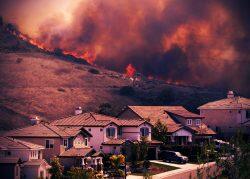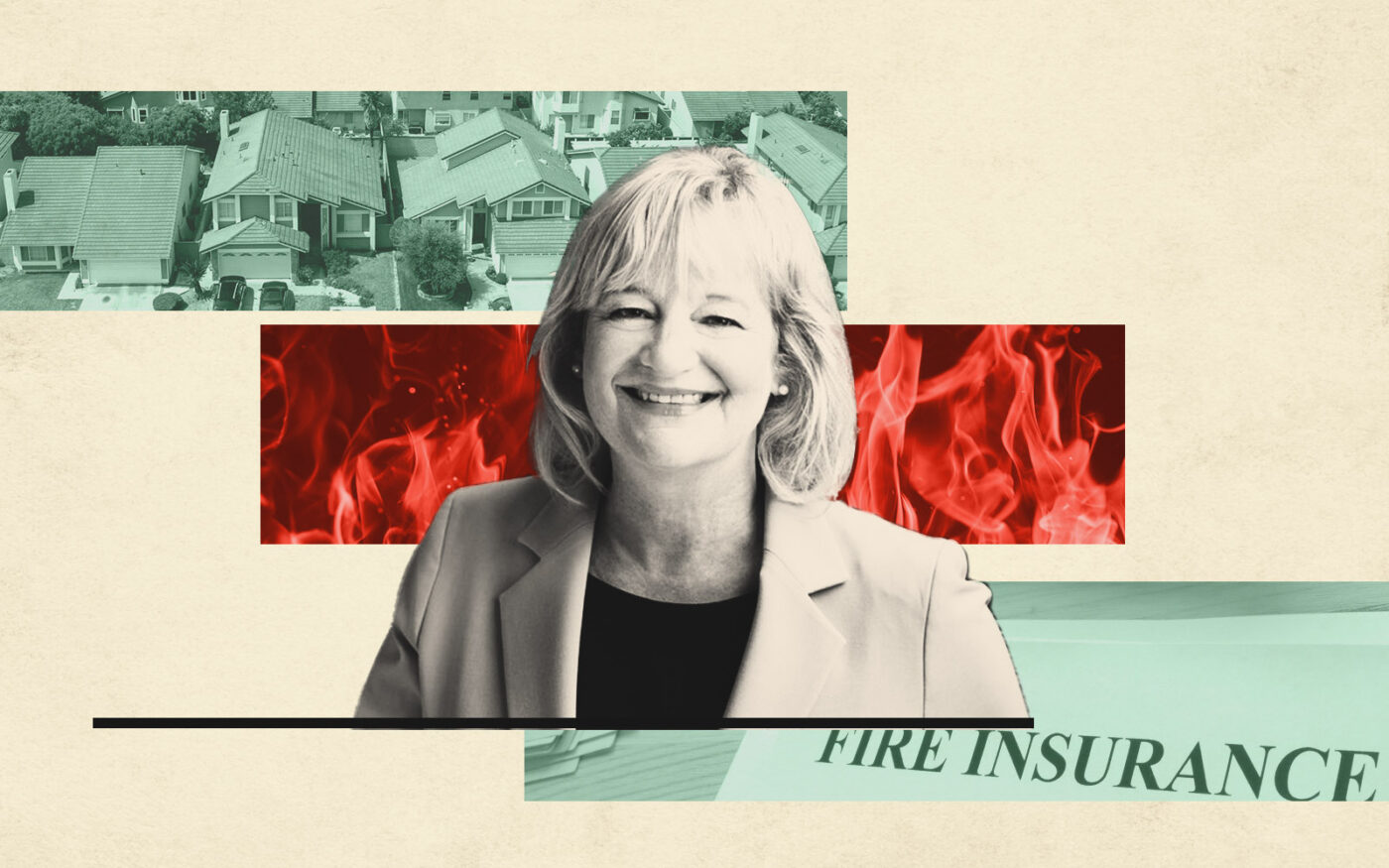It isn’t the specter of wildfires that is holding up construction of more than 10,000 homes in unincorporated Orange County. It’s getting fire insurance.
Identifying fire-prone zones and the difficulty of insuring sites in those areas could delay the construction of new housing, the Orange County Register reported.
Supervisor Katrina Foley warned about “a clear conflict between the state’s fire prevention maps” and a state mandate the county plan for the construction of 10,340 new homes in the 24 unincorporated areas across the county.
The undeveloped areas often butt up against OC foothills and wildlands. That can make it hard to get needed insurance – both for builders and homeowners.
“It has come to my attention that the building has stopped,” Foley told the Register. “Everyone is stopped until we can figure out this insurance issue.”
State law requires cities and counties to develop plans for homes at all income levels, including affordable housing. State housing officials must approve the eight-year zoning blueprints.
There are now 19 jurisdictions in Orange County, including the county, without an approved plan in place, according to the California Housing and Community Development. Failure to adopt a compliant “housing element” could result in lawsuits from the state, losing local control over projects and fines of up to $600,000 a month.
At the same time, where the state is responsible for fighting fires, California’s fire marshal must map properties into moderate-, high- or very high-fire hazard severity zones. The maps were just updated for the first time since 2007.
Hazard severity is based on the physical conditions likely to start a fire and its expected behavior, without considering safety measures such as building homes with increased heat-resistant materials.
Dan Dunmoyer, CEO of the California Building Industry Association, said access to home insurance has been difficult to find because of the state’s devastating fires.
“The insurance industry has had some substantial losses,” Dunmoyer told the Register. “The only way insurers can respond to that, other than losing money which they don’t want to do, is they just limit the scope of their coverages, non-renew their existing coverages if they think they’re too fire risky, or they just don’t sell any new insurance.”
Because of the insurance crisis, construction in less developed areas has been slowed because homebuilders can’t figure out how to insure them at a price that an entry-level customer can afford, Dunmoyer said. Condominium projects, in particular, are impacted.
If not fixed, the problem of skyrocketing insurance premiums could lock new buyers out of the home-owning market, he said.
Lori Smith, the OC Fire Authority’s fire marshal and assistant chief, said people are concerned that if their homes or developments fall into the higher fire-hazard zones of the map, their insurance rates will rise, or their insurance canceled.
“Since those fires we had up north in 2017, 2018, insurance companies have been canceling people’s homeowner’s insurance (or) they’re simply leaving the state,” Smith told the newspaper.
“People in Orange County, as well as all over the state, are really struggling with affording fire insurance if they can get it, or are having difficulty getting insurance.”
Michael Soller, California’s deputy insurance commissioner, insisted that updating CalFire maps was not expected to substantially contribute to the rising cost of insurance. “And that’s for one simple reason: Insurance companies are already using their own data to make insurance decisions,” he said.
— Dana Bartholomew
Read more







